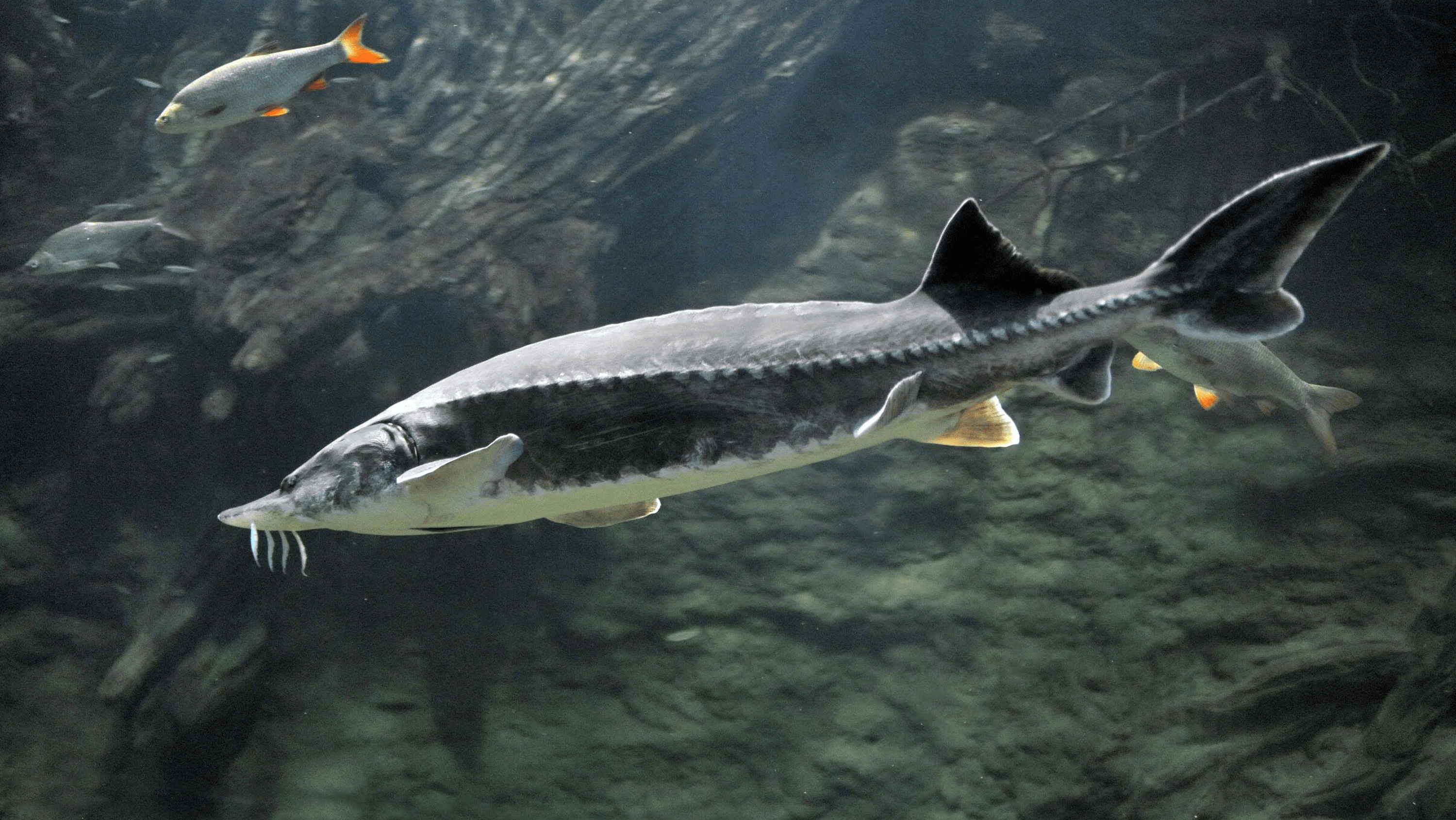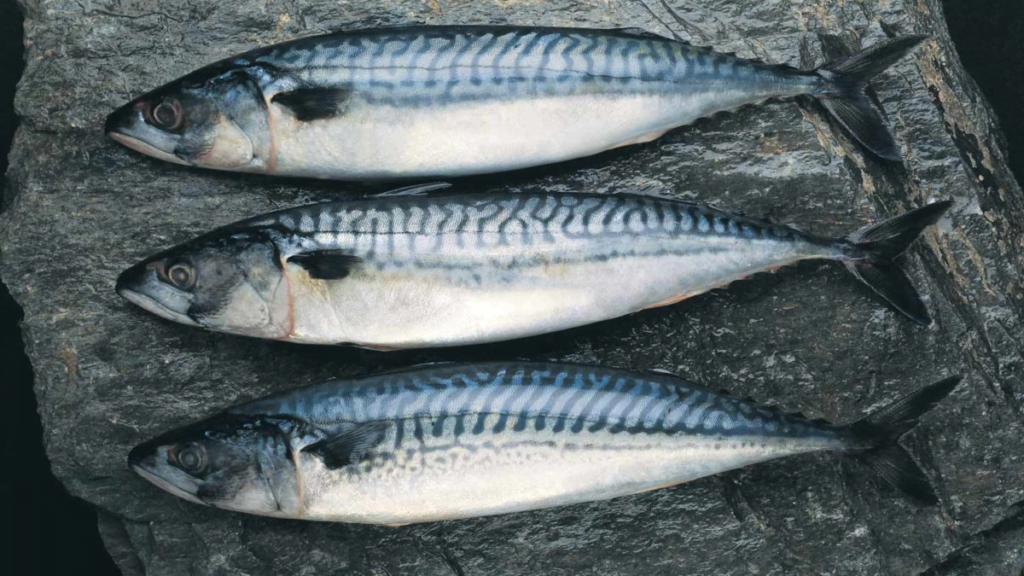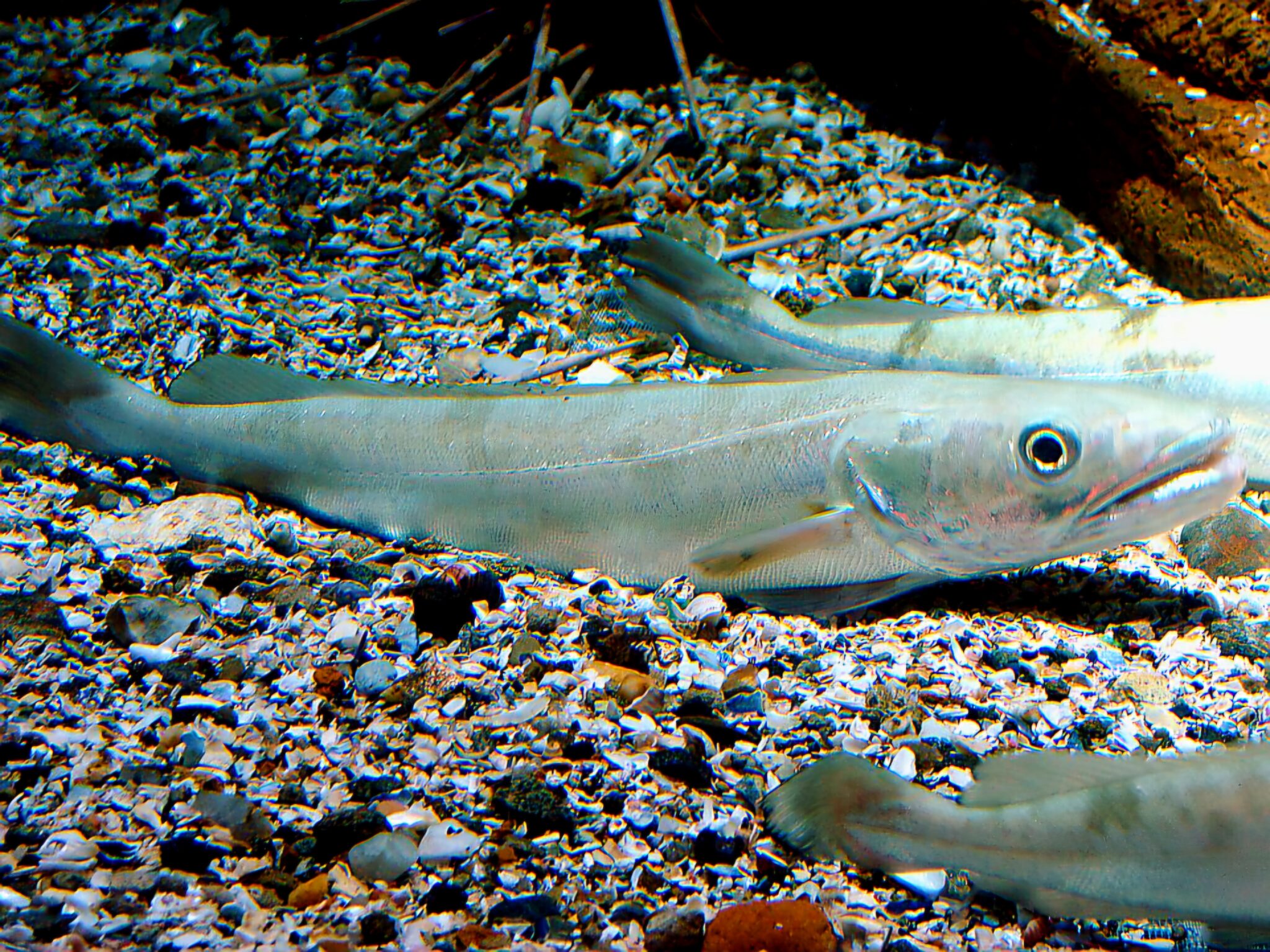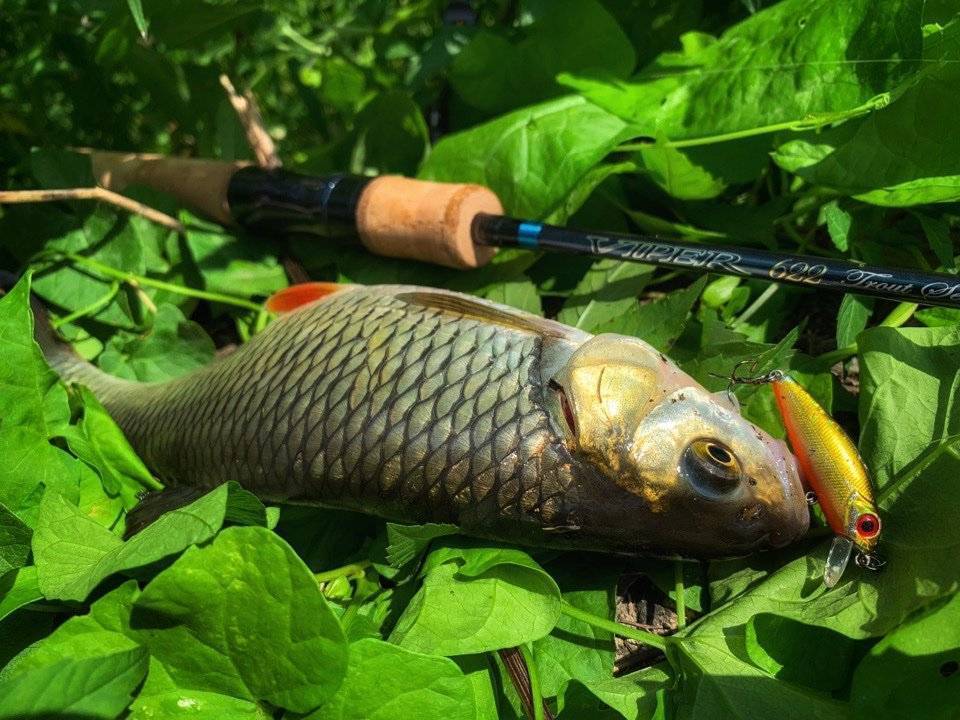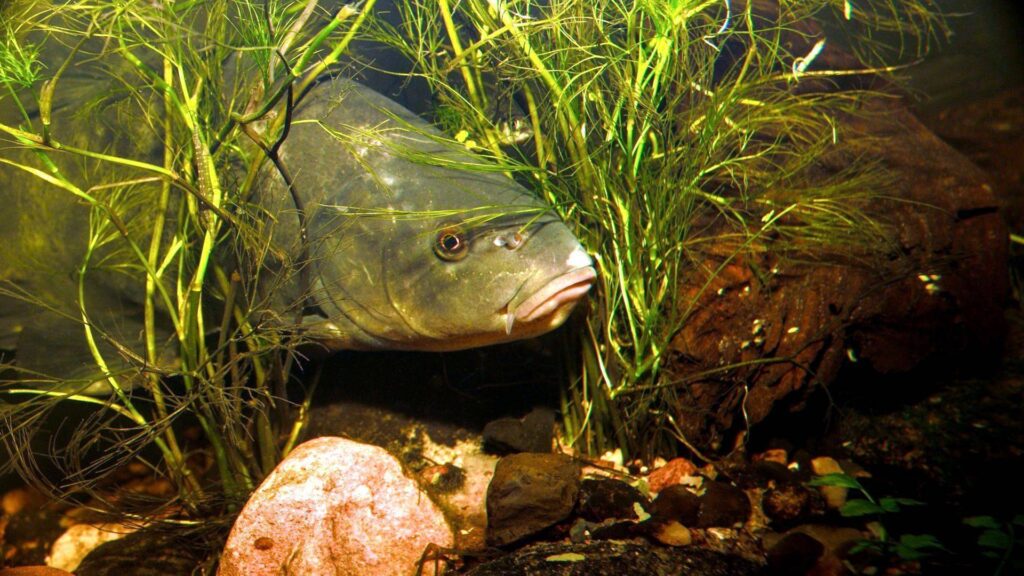Didysis eršketas yra viena didžiausių žuvų, kurias galima rasti mūsų planetos vandenyse. Oficialiais duomenimis, jo ilgis gali siekti 4,5 metro ir sverti iki 1500 kilogramų. Nors yra įrodymų, kad eršketas buvo sugautas dvigubai didesnis. Bet kokiu atveju tokie duomenys rodo, kad Didysis eršketas yra didžiausias eršketų šeimos atstovas.
Eršketo išvaizda
Didysis eršketas yra kremzlinio kaulo žuvis, kurio žvynai auga kartu ir sudaro kaulines plokšteles, dengiančias visą žuvies kūną ir galvą. Kaip ir visi kiti eršketai, vietoj kaulinio stuburo turi kremzlinį nookordą, kuris sudaro skeleto pagrindą. Kaukolė taip pat susideda iš kremzlės.
Kūnas
Kūnas yra didelis, sunkus, apvalus, pailgas nuo galvos iki uodegos. Kūnas pilkas, nugara kiek tamsesnė už šonus. Pilvas baltas, kartais gelsvas. Padengtas keliomis eilėmis kaulinių plokštelių.
Galva
Galva masyvi, didelė, plati. Ant galvos yra smailus snukis. Snukis minkštas iš šonų ir iš viršaus. Burna yra žemiau snukio, turi storas, mėsingas lupas.
Apatinėje pusėje prieš burną yra keturios antenos, iš šonų suplotos į lapus panašiais priedais. Dantų neturi, tik mailius ir jaunos žuvys turi dantis, eršketui augant jie išnyksta. Akys mažos, išsidėsčiusios viršugalvyje, regėjimas prastas. Orientuojasi daugiausia naudodamas savo aštrų kvapą ir jautrias antenas šalia burnos.
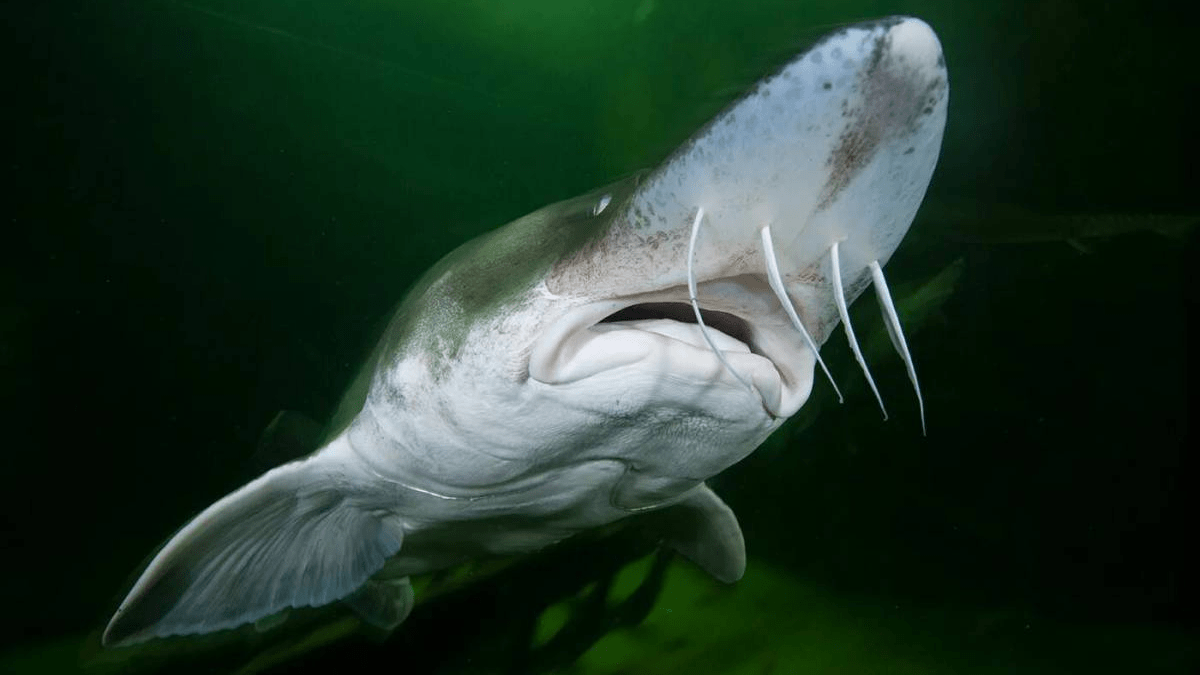
Dydžiai
Didysis eršketas yra didžiausio dydžio tarp visų eršketinių rušies žuvų. Jei laikysime tai gėlavandene žuvimi, tuomet ją galima priskirti prie didžiausių upėse gyvenančių žuvų. Natūraliomis sąlygomis gali užaugti iki 3-4 metrų ir sverti 800-1000 kg. Buvo aprašyti keli ypač didelių egzempliorių sugavimo atvejai:
- 1922 metais Kaspijos jūroje buvo sugautas 1200 kg sveriantis didysis eršketas, o 1924 metais – 1000 kg.
- 1939 m. Azovo jūros Temryuko įlankoje buvo sugautas 750 kg sveriantis eršketas.
- 1970 metais Volkos upės deltoje buvo sugauta 800 kg sverianti eršketo patelė, kurioje buvo 112 kg ikrų.
- 1989 metais toje pačioje vietoje buvo sugautas eršketas, kurio ilgis siekė 4 m 20 cm, o svoris – 966 kg.
- 2013-2015 metais Uralo upėje buvo sugauta keletas eršketų sveriančių 125-130 kg.
Šiuo metu tokio dydžio žuvų praktiškai nebėra. Vidutinis, komerciniais tikslais gaudomų žuvų dydis yra 80-150 cm ilgio. Tokios žuvies svoris siekia apie 20-30 kg.
Gyvenimo trukmė
Didysis eršketas yra vienas iš ilgiausiai gyvenančių žuvų. Jis gali gyventi iki 100 metų. Vidutinė jo gyvenimo trukmė apie 40-50 metų.
Kur gyvena Didysis Eršketas
Didysis eršketas yra anadrominė žuvis, turinti anadrominį gyvenimo ciklą. Tai reiškia, kad didžiąją gyvenimo dalį praleidžia jūroje, o neršto laikotarpiu migruoja į upes, o vėliau grįžta atgal į jūrą.
Jūros, kuriose yra natūralus eršketų paplitimas:
- Kaspijos jūra
- Adrijos jūra
- Juodoji jūra
Neršto metu didysis eršketas patenka į šių jūrų upių žiotis ir pakyla prieš srovę. Daugiausia šių žuvų aptinkama upėse: Volgos, Dniepro, Dono, Dniestro, Dunojaus, Uralo, Tereko upėse.
Didžiausias populiacijų skaičius yra Kaspijos jūroje. Taip pat galima rasti beveik bet kurioje Kaspijos jūros baseino upėje. Anksčiau jie plaukdavo prieš srovę šimtus kilometrų.
Neršiančių eršketų buvo galima rasti Kamos ir Volgos aukštupiuose prie Tverės. Tai yra, žuvis nukeliavo kelis tūkstančius kilometrų. Dabar dėl hidroelektrinių kelias į natūralias nerštavietes uždarytas. Palei Doną jie kyla tik iki Tsimlyansko hidroelektrinės.
Volgogrado baseine šiai problemai išspręsti buvo pastatytas specialus žuvų keltuvas, kuris, deja, šiuo metu neveikia.
Juodojoje jūroje didysis eršketas randamas palei Krymo pakrantę, prie Turkijos krantų Kyzylyrmak ir Yesilirmak upių srityje ir prie Kaukazo pakrantės prie Rioni upės žiočių. Dabar Juodosios jūros populiacija yra ant išnykimo slenksčio, nes nerštavietės eršketams tampa nepasiekiamos dėl hidroelektrinių.
Didysis eršketas taip pat gyveno Adrijos jūroje. Tačiau per pastaruosius 50 metų šioje jūroje nebuvo rastas nei vienas individas, todėl Adrijos jūros populiacija laikoma išnykusia.
Kuo minta
Didysis eršketas yra plėšrūnas ir daugiausia minta visomis mažesnėmis už save žuvimis. Eršketo mailius minta planktonu, žuvų ikreliais, lervomis ir mažais vabzdžiais. Augdamas jaunas eršketas pradeda valgyti įvairius moliuskus ir vėžiagyvius, kirmėles, ikrus, lervas ir kitų žuvų bei savo rūšių mailius.
Jauni eršketai minta kitų žuvų mailiumi. Kuo didesnis eršketas tampa, tuo daugiau jis medžioja didesnes žuvis. Suaugusieji minta 95-97% kitomis žuvimis. Be to, kartais jie medžioja vandens paukščius.
Dažniausiai didysis eršketas minta šiomis žuvimis: karpiais, kuojomis, lydekomis, karosais, karšiais. Be to gali migruoti dideliais atstumais ieškodamas maisto.
Kaip neršia didysis eršketas
Didysis eršketas auga gana lėtai, todėl subręsta vėlai. Patinai lytiškai subręsta 12-14 metų, patelės 16-18 metų. Patelių neršimui turi įtakos kūno svoris: kol patelė nepriauga reikiamo svorio, ji negali neršti. Dažniausiai patelė reikiamą svorį priauga tik sulaukusi 22-25 metų.
Didysis eršketas gyvena daugiau nei 40 metų, patinai nerštui išvyksta kartą per trejus ar ketverius metus, patelės – kas 4–6 metus. Po neršto grįžta atgal į jūrą. Per savo gyvenimą didysis eršketas neršia vidutiniškai 8-9 kartus.
Patelės vaisingumas priklauso nuo jos dydžio, kuo didesnė patelė, tuo daugiau ikrų deda: vidutiniškai nuo 500 tūkstančių iki milijono. Ypač dideliems individams gali subręsti iki 5 milijonų ikrų.
Atėjus nerštui, didysis eršketas, kuris didžiąją gyvenimo dalį praleidžia jūroje, patenka į upių žiotis ir skuba į upių aukštupį. Eršketas gali nukeliauti didžiulius atstumus iki nerštaviečių ir tam įveikti kelis tūkstančius kilometrų.
Žuvis ieško upių atkarpų su srauniomis srovėmis ir švariu, deguonies prisotintu vandeniu su akmenuotu arba smėlėtu dugnu. Nerštui patelė ieško giliausių upės vietų, geriausias variantas – 10–15 metrų gylio duobės.
Patelės deda kiaušinėlius, o patinai iš karto juos apvaisina. Ikrai padengti lipnia medžiaga, kuri leidžia prilipti prie smėlėto ar akmenuoto dugno net esant stiprioms srovėms. Pasibaigus nerštui, didysis eršketas grįžta atgal į jūrą, kur po ilgos žiemos ir neršto pradeda aktyviai maitintis.
Eršketo ikrai juodi, dideli: 3,6-4,3 mm skersmens, sveria 26-36 mg. Mailiaus išsiritimo iš ikrų laikas priklauso nuo vandens temperatūros: embriono vystymasis 8-11°C temperatūroje trunka 8-10 dienų, 15-16°C temperatūroje – 5-6 dienos. Daugiau nei 80% ikrų tampa kitų žuvų grobiu ir žūva, iš likusių kiaušinėlių išsirita lervos, mintančios trynio maišelio atsargomis.
Lervos greitai virsta mailiukais, kurie pradeda patys ieškoti maisto. Mailius laikosi sekliame vandenyje, minta planktonu, mažais dumbliais.
Didysis eršketas kulinarijoje
Eršketo mėsa ir ypač jos ikrai laikomi vertingu delikatesu. Mėsa, ikrai ir galva dažniausiai naudojami gaminant maistą. Iš eršketo verda sriubą, kepa ant grotelių ir orkaitėje, ruošia kepsnius, sūdo, džiovina, rūko.
Ikrai turi 15% riebalų, o filė – 7%. Neriebioje eršketo mėsoje gausu lengvai virškinamų baltymų, mineralų ir vitaminų. Mėsoje yra nepakeičiamų aminorūgščių.
Kalcis ir fosforas padeda stiprinti kaulus, plaukus ir nagus. Kalis normalizuoja miokardo veiklą. Vitaminas A gerina regėjimą ir odos būklę, vitaminas D stiprina kaulinį audinį, apsaugo nuo kalcio išsiplovimo iš kaulų ir su amžiumi susijusios osteoporozės išsivystymo.
Juodieji ikrai yra brangiausias šių dienų maisto produktas. Jo kaina gali siekti kelis tūkstančius eurų už kilogramą.

